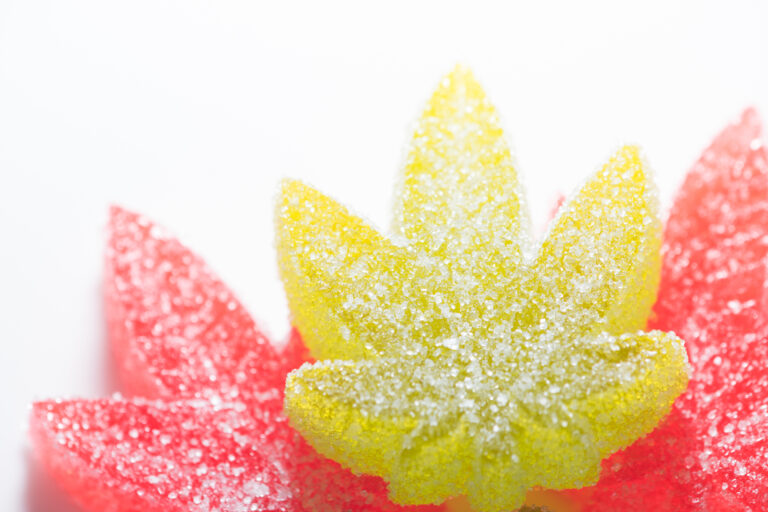The use and legality of cannabis continue to be contested issues, particularly when discussion turns to federal regulation – or the lack thereof. A recent report, “Cannabis Consumers in America 2023,” from New Frontier Data provides a vast array of data from which TAG construed three key takeaways.
First, let’s look at just a few of the statistics of current consumers, defined as those who use at least annually and plan to use cannabis again in the future:
- Cannabis use: 42% of U.S. adults have, and plan to again, use cannabis; with 37% partaking at least annually, 23% living in a state where it is still illegal.
- Additionally, 37% have increased their cannabis use in the last year and 40% of those who have never used cannabis willing consider its use.
- 42% of users have sourced cannabis from a state different than that in which they live.
- Edibles are the second most popular form of cannabis used (58%), only surpassed by joints (61%) – and there has been a small (4%) increase in the last year of consumers who say they use only non-smokable forms.
- Of edibles, gummies are most commonly used (84%), followed by cookies/brownies (50%) and chocolates (42%).
- Consumers primarily select products based on THC potency (72%), the effect it will create (67%), and price (64%).
What takeaways do we see for the cannabis industry?
- Full Legalization. As seen by the statistics in this study, both legal and illegal cannabis use is continuing to increase in the U.S. by both current and non-current users. The fact that 23% of users live in states where cannabis is not yet legal and 42% have purchased it from another state provide strong impetus for more focused federal legalization.
As stated in the study, “Use frequency patterns among consumers vary widely by age and somewhat by gender, but not by the cannabis laws of consumer’s home state. Use frequency distribution across adult-use, medical only, and illicit states is constant.” That is, users across the country tend to imbibe at similar frequencies, regardless of the legality of cannabis in their state.
So, if cannabis is increasingly being legalized by states – and used by consumers even in states where it is not legal, does it not make sense to set federal regulations that would standardize food safety across the country?
- Edibles. The study makes it obvious that edibles are a popular form of consumption and one that is gradually increasing in popularity. Whether food or drink, there are significant food safety risks for edibles; risks that are overseen for all other foods and drinks by federal regulatory standards.
Having edibles regulated by a patchwork of laws across the states, with varying levels and requirements for food safety, isn’t good for anyone. Cannabis manufacturers cannot sell across state lines, as long as it remains a Schedule I controlled substance under federal law. Consumers in different states are subjected to different levels of food safety in products they purchase. And even labeling laws vary, with some having no regulations related to dose restrictions, warning labels, child-resistant packaging, and limitations on what products can be infused. In some states, edibles producers don’t even fall under existing state food safety regulations.
- THC labeling. We have previously written articles about the importance of accurate labeling of THC content, with inaccurate labeling considered to be misbranding and subjecting products to recalls and even lawsuits. Whether a cannabis label errs on the side of more or less THC than is actually in the product, it is deemed to be mislabeled and adulterated or fraudulent, with both being at issue.
This becomes increasingly serious when it is seen that 72% of cannabis users select their products based on the THC potency – which can be ascertained only by what is written on the label. With the reasoning behind 67% of consumers being that the potency will determine the effect it will create, a mislabeled product would, in all likelihood, cause a different effect than that expected, which could have serious consequences. While being less of a health issue, a consumer is likely to be willing to pay a higher price for a higher potency, so with price also being a key factor in product selection, a consumer is likely to see the product as fraudulent.
In addition to the public health and consumer economic aspects, mislabeling can affect your business income and continuity. If a consumer is not able to trust that you are providing what you claim to provide, they will be less likely to trust the quality of your product and purchase it again.
The liquor Prohibition of the 1920s proved that such bans often lead to an increase in illegal production, sale, and use of liquor, along with gang violence and organized crime. Similarly, the illicit market for cannabis appears to be as strong as ever subjecting consumers to entirely unregulated product which warrants federal legalization to protect the U.S. population.





